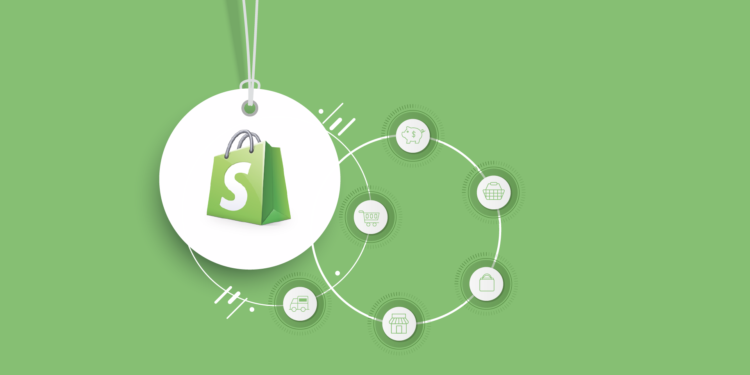Predictive analytics has helped the e-commerce businesses to overcome the limitations of traditional advertising where the sales and marketing team would earlier contact every generated lead and chase them around in order to attain conversions. Today, online retailers can utilize machine learning and data mining algorithms to track the customers’ journey and come up with an accurate prediction of the future trends for their business.
Shopify app comes with the predictive analytics feature which is meant to help the Shopify retailers to draw insights from the e-commerce data that is collected from their store and utilize the information to make effective marketing strategies, determine recommendations and promotions, improvise the business intelligence strategies along with several other uses that are discussed below.
The benefits of predictive marketing not only drive sales and growth but can take businesses to great heights. Here’s a look at how the generated data insights from predictive analysis can impact different marketing channels and a brief on how the retailers can utilize the predictive analytics.
How Predictive Analytics Can be Used for Developing Marketing Strategies?
1. Determine relevant product recommendations and promotions
Determining the right product recommendations that will help close a sale is still a challenge despite the availability of several event-driven promotion engines. With predictive analytics tools, it becomes easier to understand consumer behavior and determine relevant recommendations that have the probability of generating good sales. The same holds true for the product promotions which can be initiated using real-time data and determined on the basis of a consumer’s browsing pattern.
For instance, an online clothing store can create a sales model with which they can ask the users to take a survey about the style of clothes they prefer the most. Predictive analytics can then be used here to match the clothes according to the interest of the customers that they might choose to purchase. In case the customers do not like clothes, they can return them without any shipping charges. Doing so will make the customers feel acknowledged from the brand they are trusting to purchase clothes.
2. Leverage business intelligence strategies
For those customers who are unable to figure out which product they should buy, predictive analytics can help in understanding their requirements more clearly and generate insights such as product list in the preferred pricing range and post-sales service that they are expecting from the retailer.
Insights that are gained through this procedure help in making better decisions for the business using the right set of data sources. With this, the sales team would also be able to make decisions regarding better customer services and create strategies to get conversions.
3. Revamp online marketing campaigns
By applying predictive analytics on the available data, the e-commerce businesses can plan, develop, and strategize future marketing campaigns. In addition to this, online retailers can also determine whether they should target the audiences with images, messages, or themes and layout that would attract them to buy a product or service. Using this real-time e-commerce analytics tool is beneficial as the retailers can determine which one of the several marketing campaigns is working best for them so that they can focus on it to strategize their marketing plan to drive conversions. In addition, they can improvise the campaigns that are not garnering sales.
Consider the example of email marketing campaigns where the main aim of the retailers is to target customers in a way that they would subscribe to their services. Predictive email marketing strategies can be employed here to increase sales conversions. By sending newsletter and welcome emails to the potential customers, the retailers can analyze the behavioral data such as the categories that a specific customer chooses to click and the offers that they are claiming to initiate future interactions.
4. Improve supply chain management
Supply chain management includes factors such as planning and forecasting, delivery, returns, and order fulfillment and with predictive analytics, the retailers can predict these factors.
Take the example of Walmart where they have used predictive analytics to aggregate data on even the minutest aspect of retail operations of their online and offline stores. With this, they aim to examine customer behavior closely and determine the buying patterns to forecast demand.
The daily customer data collected by them from the tracking systems gets fed back into the supply and distribution platform. The major benefit that they have received by taking such a measure is the reduction in product shortages and stocking issues.
5. Effective customer engagement
Predictive analytics can be used to generate insights that can enable the e-commerce businesses to analyze the existing customer data and provide futuristic insights related to the customer services actions that will impact the financial outcomes. In addition to that, the retailers can also get to know about the actions that a particular customer would take in the future.
You can also track browsing patterns, purchase history, and other customer-related information to provide them with relevant recommendations based on their shopping behavior.






